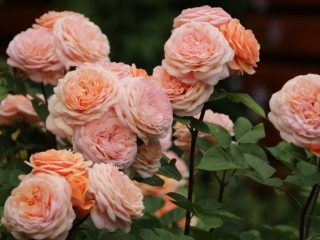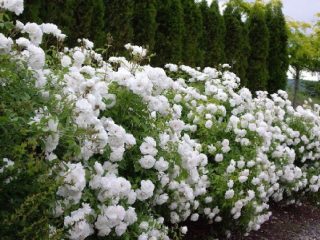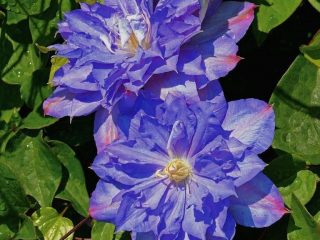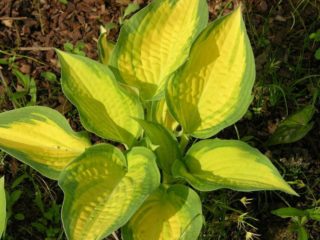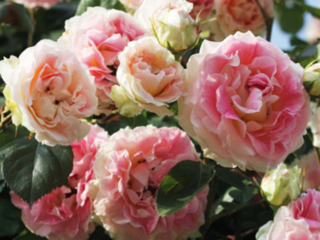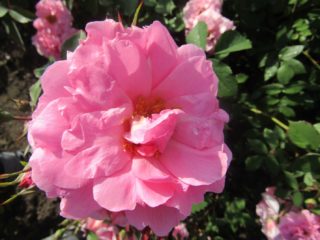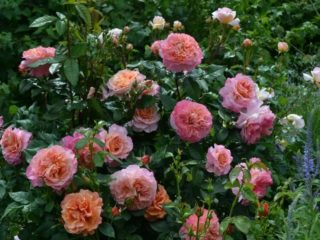Content
Santolina cypress is an ornamental evergreen plant with simple care requirements. Before planting a crop, you need to study the basic nuances of agricultural technology.
Description of Santolina cypressum
Santolina chamaecyparissus is a plant of the Asteraceae family. It is a herbaceous perennial or subshrub with erect stems, green or slightly grayish due to dense pubescence. The leaves of the plant are linear, consist of numerous narrow teeth, are also covered with hairs and therefore have a bluish tint.
From June to August, cypress-shaped santolina blooms with tubular cream or yellow buds, collected in apical spherical baskets. During the decorative period, it exudes a pleasant aroma due to the essential oils in the composition. The fruits of the plant are achenes without a tuft with longitudinal ribs, reaching 2 mm in length.
In its natural form, cypress santolina is found in the Mediterranean.In addition, the perennial is grown all over the world as an ornamental crop and grown for medicinal purposes.
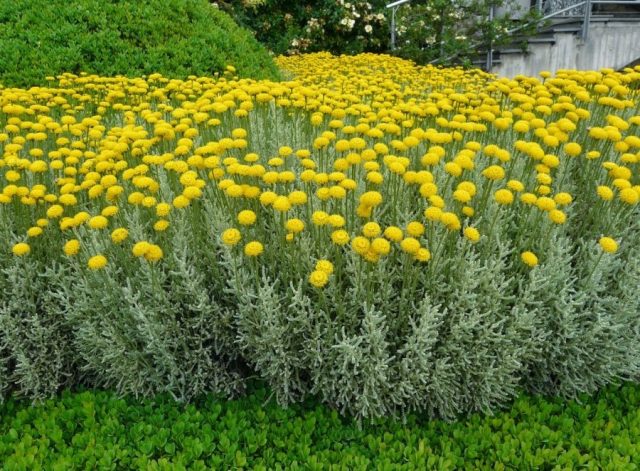
Cypress-shaped santolina rises up to 60 cm above the ground
Cypress-shaped santolina on the site prefers to grow in well-lit places with shelter from strong winds. It is not recommended to plant the crop in the shade - it slows down its development, begins to turn yellow and wither. Cypress santolina needs dry, well-drained and aerated soil. The plant cannot be planted in lowlands and on heavy clay soil, as the perennial will begin to get sick and quickly die.
Winter hardiness of Santolina cypress
Silver cypress santolina has average frost resistance. In open ground, the plant tolerates cold temperatures down to -23 °C. In most regions of Russia, when growing a perennial, it is necessary to carefully insulate it for the winter with dry leaves and coniferous spruce branches.
Advantages and disadvantages
The culture is popular among gardeners due to its unpretentiousness. The plant is suitable for poor soil and tolerates poor ecology.
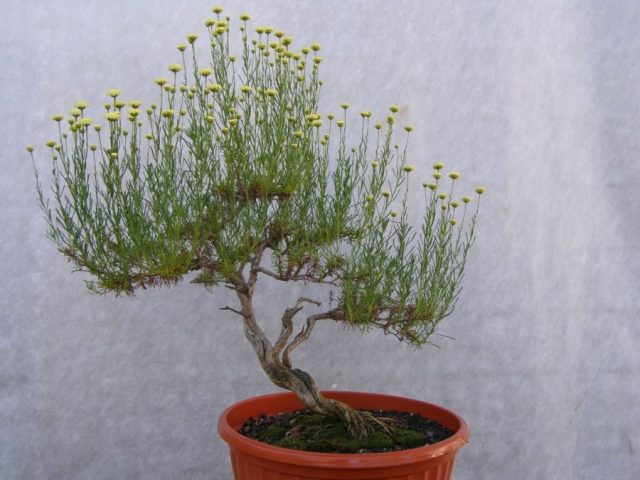
If desired, santolina can be turned into a miniature bonsai
Pros:
- high drought resistance;
- does not require frequent feeding;
- takes root well on sandy and rocky soil;
- combines with most garden perennials;
- easily sprouts from seeds.
Minuses:
- does not tolerate frosts below -23 ° C;
- blooms sparingly on fertile soil.
Planting cypress santolina
The crop is usually grown in seedlings and then transferred to the ground.The seeds of the plant are sown in a wide, shallow container in March, and the soil is light but nutritious. Until the shoots appear, the box is kept in a warm place under a film. After sprouts form, the cover is removed.
Caring for seedlings comes down mainly to regular watering. After 2-3 leaves appear, the seedlings are planted in separate pots, and at the end of May or June they are transferred to open soil. A sunny place with breathable soil is selected on the site.
Aftercare
When growing crops in the garden, you need to pay attention to several points:
- Watering. If there is natural precipitation, there is no need to moisten the crop. In dry, hot weather, the plant is regularly watered with lukewarm soft water.
- Feeding. During the period of active development, it is recommended to fertilize cypress-shaped santolina with complex minerals once a week. In August, feeding is completely stopped.
- Trimming. At the end of flowering, the shoots of cypress-shaped santolina are shortened by 2/3 of the total length.
With the onset of autumn, the crop is mulched with a dense layer of dry foliage and covered with lutrasil or spunbond on top. If the winter is expected to be cold, you can additionally insulate the plant with spruce branches.
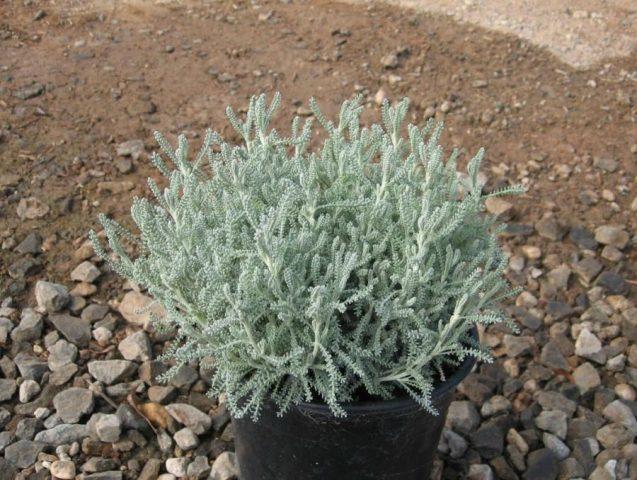
In Siberia and the Urals, it is recommended to dig up the cypress-shaped santolina from the ground before the onset of winter and replant it in a pot.
Reproduction methods
Cypress santolina easily reproduces both through seedlings and vegetative methods:
- Seeds. The plant is sown in home containers in early spring, and then kept on the windowsill until the end of May. Before transplanting into the ground, the crop is hardened in air for at least two weeks.
- Cuttings. In March, green shoots are cut from the plant and rooted in a moist substrate. It is recommended to transplant mature cuttings into the ground in June.
- Dividing the bush. Once every 5-6 years, an adult plant should be dug up, cut into several parts along the rhizome and planted in separate holes.
It is recommended to use only purchased seeds for propagation. Personally collected material usually does not produce high-quality seedlings.
Photo of Santolina cypress in landscape design
In the landscape, cypress-shaped santolina is usually planted in rock gardens and alpine hills, as well as in Japanese gardens. The culture goes well with sage and lavender, conifers and cereals, lemon balm and cloves.

Santolina is used as a spectacular ground cover plant.
Medium-sized varieties are planted in borders and used to create hedges. The culture is suitable for strengthening slopes, as well as for decorating multi-level terraces.
Conclusion
Santolina cypressum is a low evergreen perennial. It has simple care requirements and grows well in dry soils.
Reviews of tritelei Queen Fabiola
